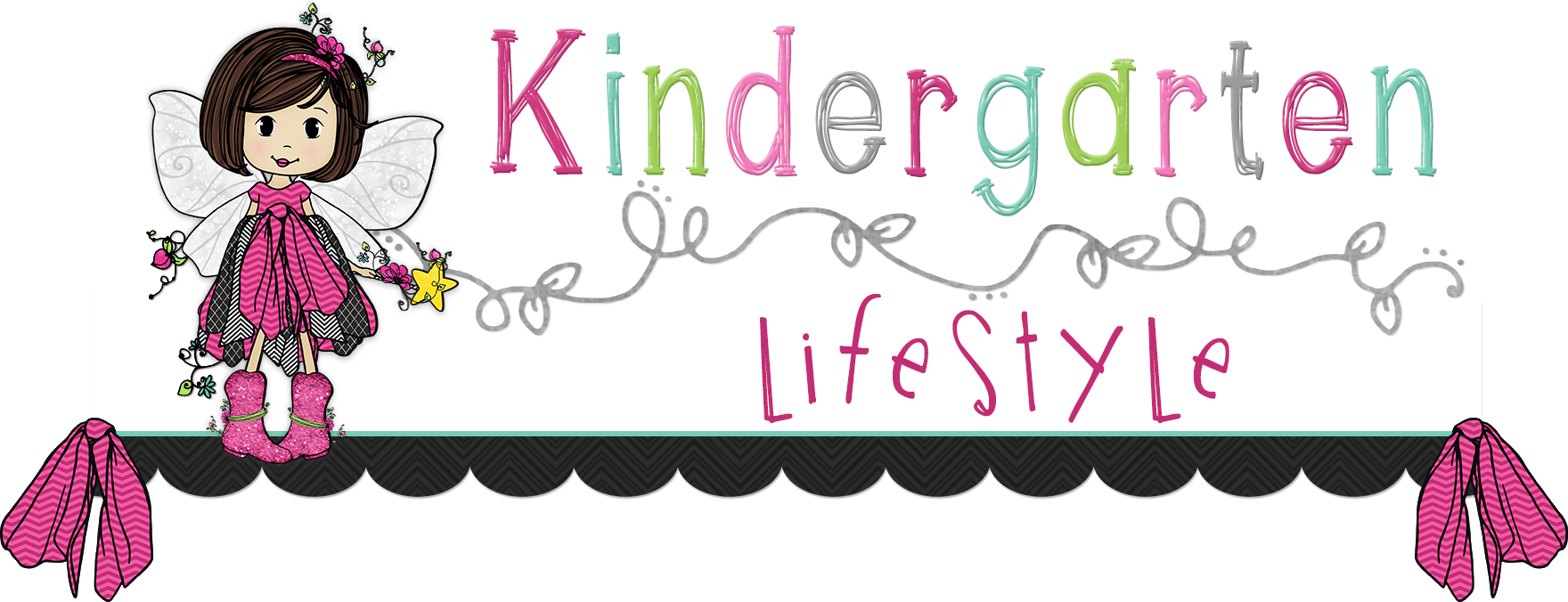Writing in the Common Core has changed a bit and it has
become important to instruct students on specific genres and styles of
writing. However, I think it’s important
for students to be able to have an outlet to freely express themselves through
writing as well. How are we as teachers
supposed to give all the instruction that is needed and still allow students the
opportunity for expression and exploration? I'm Melissa from Dilly Dabbles and here are a few “aha’s” that I’ve had this year about how to keep
the less structured writing in my classroom.
1. Give your students
a journal. A journal is a place where
students can write freely. The topics
are never assigned and students may write in it throughout the day. You will have a time during the day that will
work best for you to dedicate 5-10 minutes to journal writing. The first thing in the morning as students
were coming in is the time that worked best for me. Always allow just a couple of minutes at the
end for 1-2 students to share. Students
who have an audience write much higher quality work. The sharing also gives other students ideas
that they might write about. Have a
place in the back of the journals for students to record ideas that come to
them that they’d like to write about.
2. Don’t tell the
teacher, tell your journal. Journals
also become the place where students can “tattle” or tell you a story they are
dying to tell you at the most inopportune time.
When this happens, politely tell students to record it in their
journal. You may want to set up a system
where you read 5 journals every day or some similar system that works for you. (Set up the guideline that you’ll only read
them if the students want you to in order to establish trust. This will likely not be an issue in the
primary grades, but it gives students the message that you respect them and
their ideas.) Set the tone that journals
can be written in at any time and also becomes an option for students who
finish work before it is time to move to the next part of the day.
3. Be an
example. Show students that you’re a
writer too. Write a morning message to
students each day. It does not have to
be an exercise in correcting grammar and structure! That point was a liberator for me. I strongly disliked doing a morning message
each morning if it meant that I had to think of ways to purposely mess it up. Simply make it a way to welcome your students
to the day and show them you write and give them something to look forward to
reading each day. Begin your own
journal, show it to students and occasionally share appropriate entries. (Or
make up appropriate ones to share with students!) Occasionally take some time while students
are writing to also write.
4. What if a student
says “I don’t know what to write”? Have
them write “I don’t know what to write.” over and over until they do know what
to write or refer them to the ideas in the back of their journal. Don’t give a prompt, that removes the
responsibility from the student and trains them to rely on you.
5. What should you
use for a journal? There are many ways
to organize your journals and many formats you could use. No matter the format you choose, one key is
that students have a way to personalize it a bit. When students have some ownership and
investment, they are more likely to value it, care for it and use it. Here are some ideas:
Give
students a monthly journal. This is
often in the format of a packet of stapled or spiral bound pages that is used
for a single month and replaced each month.
Students can personalize it with a picture on the cover and coloring the
border. These are nice because they are
used for a short time and are not as easily lost or damaged in desks. The drawback is that students don’t have them
to refer back to throughout the year for reflection and elaboration.
Give
students a composition book. Some
schools may supply these, you may make them part of your back to school supply
list or you may purchase them yourself very inexpensively at the beginning of
the school year with back to school sales.
These are securely bound and come in options of wide ruled, college
ruled and even primary ruled with dotted lines at the bottom and space at the
top for a picture. You could also use a
simple spiral bound notebook, they just won’t hold up as well. These can be personalized by having students
design a cover that is glued to the commercial cover of the book. To help younger students separate and organize
entries, monthly divider pages could be glued in at the beginning of each
month. These are nice because they are
well bound and will hold up to use throughout the school year. The drawback is the potential expense. Note that some students may need another
journal if they are avid writers, so be sure to pick up some extra ones if you
choose this route.
 Keep journaling
in a binder. Have paper that is prepared
with 3 hole punches in a central location for students to get and use when
needed. Students then add the pages to a
binder that is kept in a specific place in the classroom. Students can personalize the binders with a
cover that is decorated and slipped in the plastic cover of the binder. These are nice because students can look back
at all of their writing for reflection. Students can add more pages if they desire to
go back to previous entries to add to their writing and they can add pages to
it throughout the year. The drawback is
that pages easily tear out, especially as students go back through it more or
write on pages already in the binder.
Keep journaling
in a binder. Have paper that is prepared
with 3 hole punches in a central location for students to get and use when
needed. Students then add the pages to a
binder that is kept in a specific place in the classroom. Students can personalize the binders with a
cover that is decorated and slipped in the plastic cover of the binder. These are nice because students can look back
at all of their writing for reflection. Students can add more pages if they desire to
go back to previous entries to add to their writing and they can add pages to
it throughout the year. The drawback is
that pages easily tear out, especially as students go back through it more or
write on pages already in the binder.
Keep these ideas in mind as you prepare for your class next
year and hopefully a few of them will be helpful to you as you try to allow
free writing amidst the expectations of the Common Core. To help get you started, I have a set of free monthly journal covers for you. They are
in a full page size for the cover of packets or dividers in a binder journal. You can copy/print them at a reduced size for
use in composition books.
Thanks so much to Jeannie for allowing me to be a guest on
her wonderful blog!!
We’d love to hear in the comments below how you use or plan
to use journaling in your classroom.

~Melissa has been an elementary school teacher in several grades for the last 8 years, most recently teaching first grade. She just moved positions to support teachers as an instructional coach concentrating on K-3 reading. Melissa is the owner and writer of the Dilly Dabbles blog at www.dillydabbles.blogspot.com and website at www.dillydabblesdoodles.com.~






Love these ideas Melissa!!
ReplyDeleteJessica Stanford
Mrsstanfordsclass.blogspot.com
Thanks for sharing these tips! Finding the time for journaling is one of my goals for next year!
ReplyDeleteLisa
Learning Is Something to Treasure
Thanks for the insight, I love when my students use their journals to write about their thoughts :)
ReplyDeleteLovely Little Learners
Thanks for all of your kind words! I'm glad the tips will be useful for you.
ReplyDeleteDillyDabbles
love these ideas Melissa! I do writer's workshop and we always use Lucy Calkin's style writing paper..... However, because I give them a "journal" to take home and write in over summer - I give them a jump start by having them start using the "journal/composition" book the last month of school. They feel so grown up....plus those stories are great memories they can look back on after school is out!
ReplyDeleteLove the journal covers - thank you!
This is just what I need for next year! Thank you so much. My kids write daily, but I never know when to use that time for mini-lessons or just a way for them to write about who they are and the stories they tell. This gives them two times to do this.
ReplyDeleteKimberley
First in Maine
What a great idea. I'm definitely going to use this next year. I was wondering how they were going to get to free write with the CC. Thanks for the freebie too.
ReplyDelete